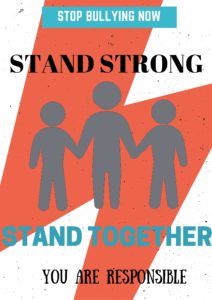The article I chose for this blog assignment that seemed very interesting to me is “Gender, Race, and Class: The Impact of the State on the Family and the Economy, 1790-1945” by Boris and Bardaglio. On page 141, Boris and Bardaglio talk about creating a welfare state. “By the late nineteenth century, changes in family law had loosened the power of fathers within families, yet public policies reinforced economic inequality through occupational segregation by sex.” The family wage, along with protective legislation and mothers’ pension laws, improved the conditions of working-class families but further limited women’s options in the labor market.
Here, Boris and Bardaglio use gender as a category of analysis in discussing law and public policy. It is sad to see that most of the reluctance to interfere with family life rarely operated when it came to the lives of the poor or ethnic/racial minorities. “State policy could make it nearly impossible for such minorities to maintain a stable family life” (137).
The second generation of women who really didn’t face equal citizenship were the reformers who fought for the family wage and the programs of the welfare state and who worked to alleviate the suffering of poor women and children. There were certain sections where the Social Security expanded on the mothers’ pension idea which meant that the state had to play the father role since there wasn’t a male breadwinner in those families. Without a caretaker grant, the ADC was not based on wages, but on the simple assumption that mothers were unemployable.
I found a very interesting article from the Orlando Sentinel called “Keep Welfare Families Whole.” There is a young woman in Florida who is unemployed and has two children. Her husband, who is also jobless, had to leave. The state won’t approve welfare if both the parents are at home. I thought this was interesting when tying it back to Boris and Bardaglio because this woman from Florida is basically in poverty. She is well below the poverty line because she gets a $275.00 welfare check and $228.00 in food stamps which puts her at $6,036 a year. She needs to be at $8,500 a year or above to not be in poverty. Boris says, “The family wage was more of an ideal than a reality until World War II” and this woman is definitely living a reality.
I think the article I found definitely ties back to the reading by Boris and Bardaglio especially concerning the assumptions about both men and women’s responsibilities. For example, the law engaged in linking individual family members to the state. Laws and public policies developed a larger support system to aid women in childbearing and rearing. The nineteenth century feminists had campaigned for married women’s property acts out of the belief that “law and public opinion” made “the wife subject to the husband” (134).
The system of law and public policies also reproduced patriarchal social relations without individual patriarchs. Male-dominated families became less important in maintaining patriarchy in the larger social arena. Men were considered to be beneficial to the labor market, so the possibility still had yet to remain in retaining power in families through their economic prowess.


Recent Comments